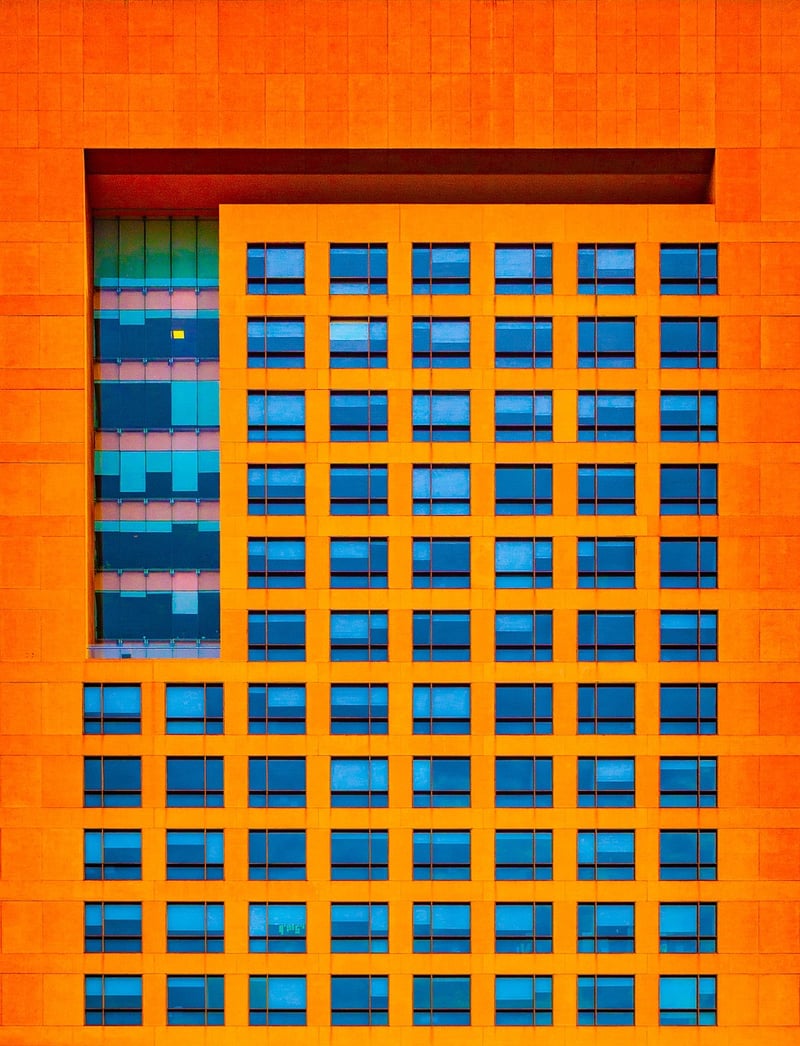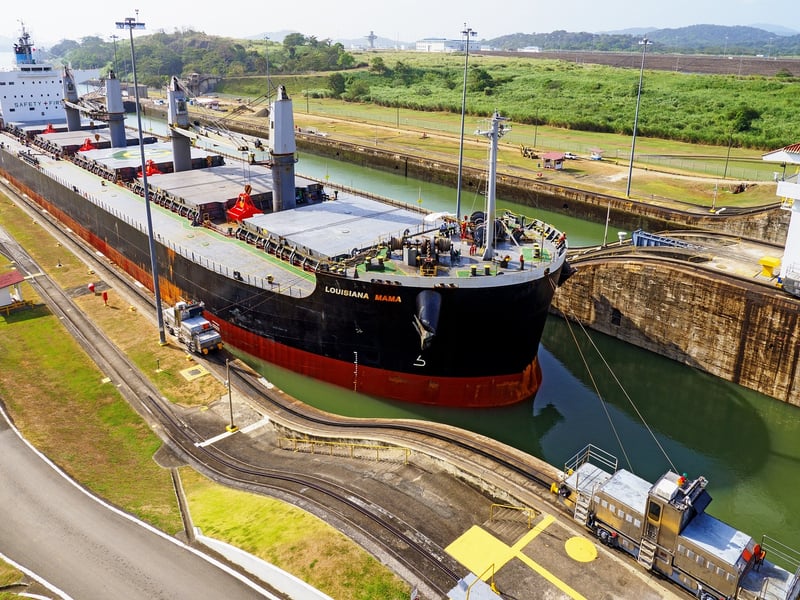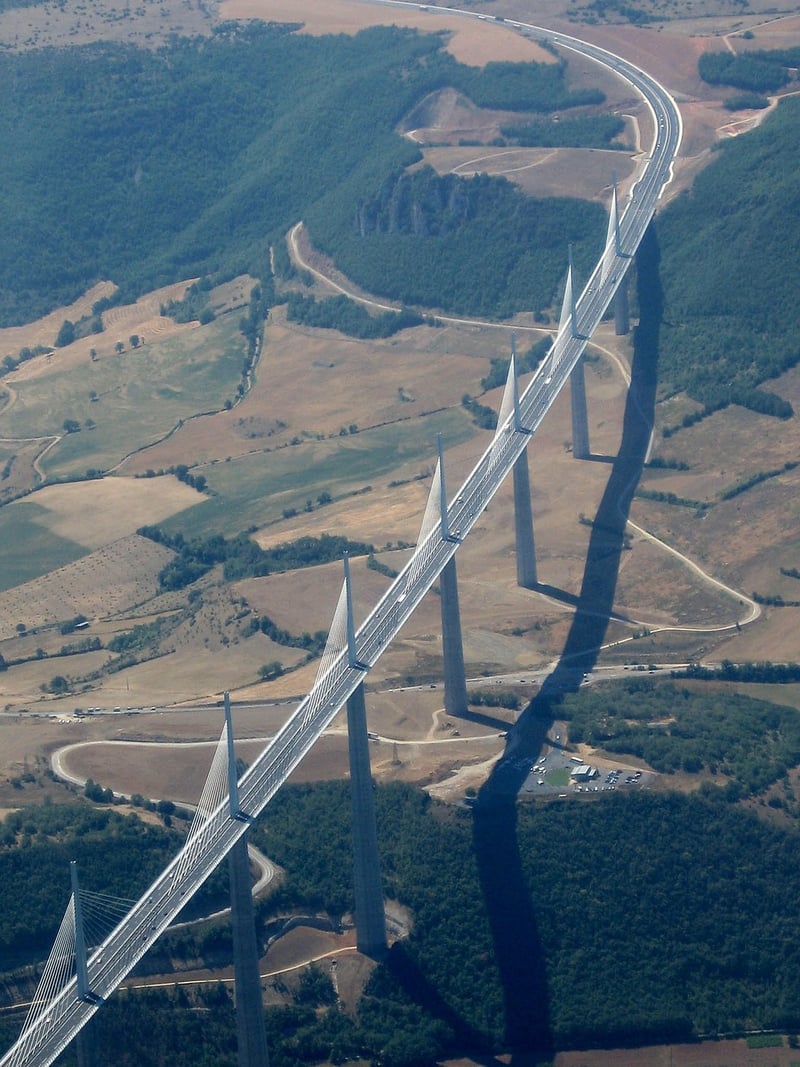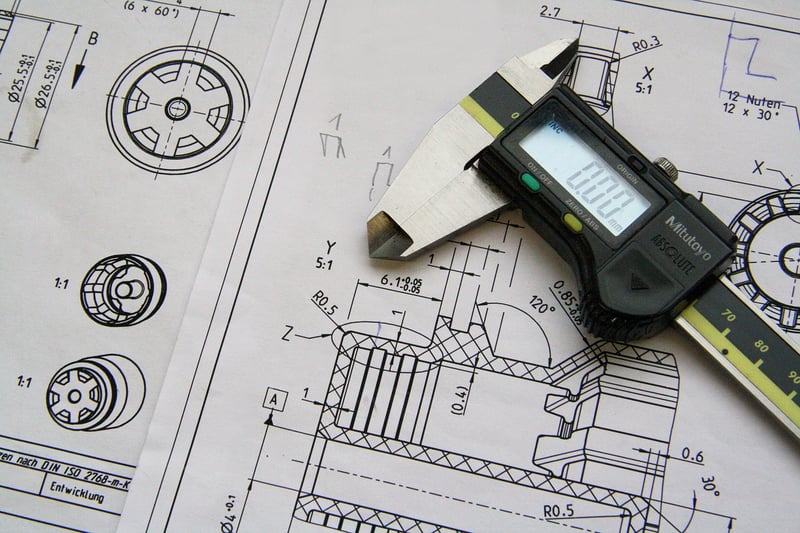Technical Specifications
The World's Engineering Marvels: A Look at Their Technical Specifications
The Burj Khalifa

The Burj Khalifa in Dubai is the tallest building in the world, standing at 828 meters. It has 163 floors and features a unique Y-shaped floor plan designed to reduce wind forces. The building's construction required 330,000 cubic meters of concrete, 39,000 metric tons of steel rebar, and 103,000 square meters of glass.
The Panama Canal

The Panama Canal is a waterway that connects the Atlantic Ocean to the Pacific Ocean. It is approximately 82 kilometers long and includes three sets of locks that raise and lower ships to account for the canal's elevation difference. The canal's construction required over 60 million pounds of dynamite and 240 million pounds of excavation equipment.
The International Space Station

The International Space Station (ISS) is a habitable artificial satellite orbiting Earth. It travels at a speed of approximately 28,000 kilometers per hour and completes an orbit around the Earth every 90 minutes. The ISS has a total livable volume of about 388 cubic meters and serves as a research laboratory for scientific experiments conducted in microgravity.
The Millau Viaduct

The Millau Viaduct in France is the tallest bridge in the world, with a mast that tops out at 343 meters above the base of the structure. The viaduct spans the Tarn Valley and is supported by seven concrete pylons. Its construction required 127,000 cubic meters of concrete and 19,000 metric tons of steel.
These engineering marvels stand as testaments to human ingenuity and technological advancement, pushing the boundaries of what is possible in construction and infrastructure.
